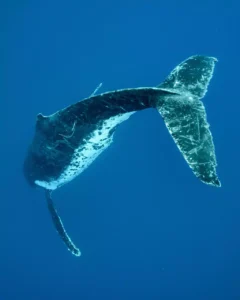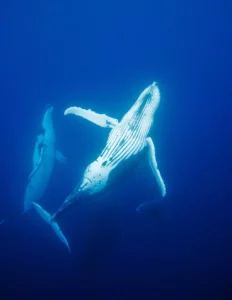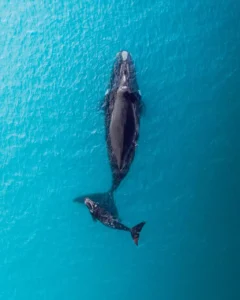An Exploration into the Habitats of the Majestic Humpback Whale
The humpback whale, known for its mesmerizing songs and breathtaking acrobatics, is a species that has captured the hearts of many. These gentle giants are found in oceans worldwide, but where exactly are they native to? In this article, we delve deep into the habitats of the humpback whale, exploring the regions they call home and the migratory paths they undertake.
Key Takeaways:
- Humpback whales are native to all major oceans.
- They undertake long migratory journeys between feeding and breeding grounds.
- Threats to their habitats include climate change and human activities.
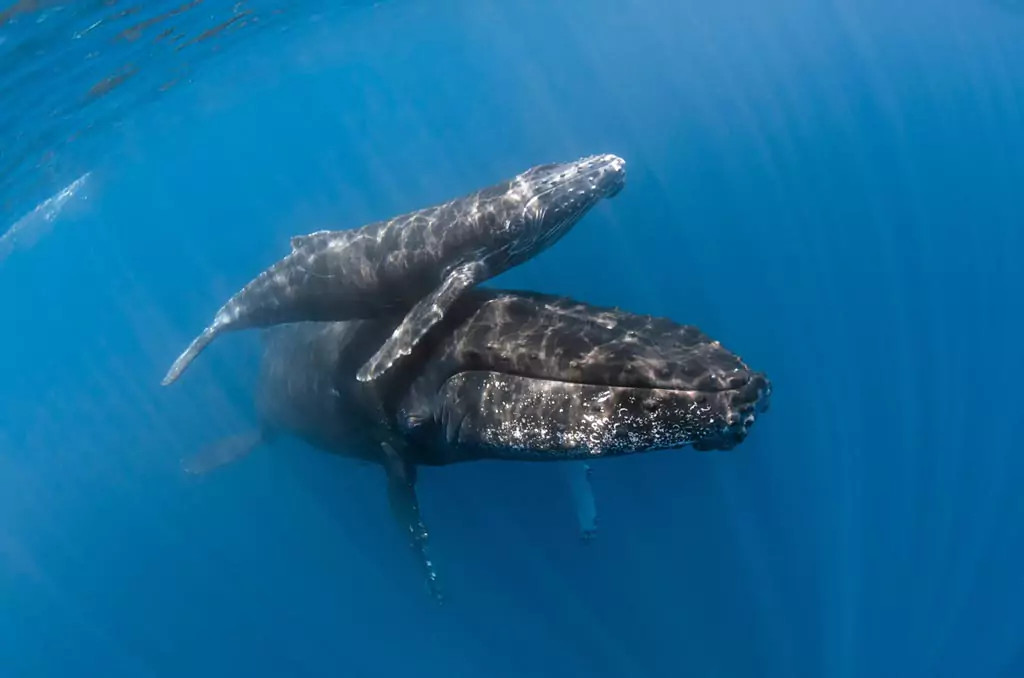
Humpback Habitats: A Global Overview
Humpback whales are truly global creatures. They are found in every major ocean, from the icy waters of the Arctic and Antarctic to the warmer tropical and temperate seas. Their distribution is largely influenced by their need to find abundant food sources and suitable breeding grounds.
Feeding Grounds
Humpbacks primarily feed in the polar regions where there's an abundance of their primary food source: krill and small fish. The cold waters of the polar regions are rich in nutrients, leading to a proliferation of marine life that the humpbacks thrive on.
Breeding Grounds
When it's time to mate and give birth, humpbacks migrate to warmer waters. These breeding grounds are typically located in tropical and subtropical regions. Here, the waters are calmer and free from the threat of large predators, providing a safe environment for the calves.
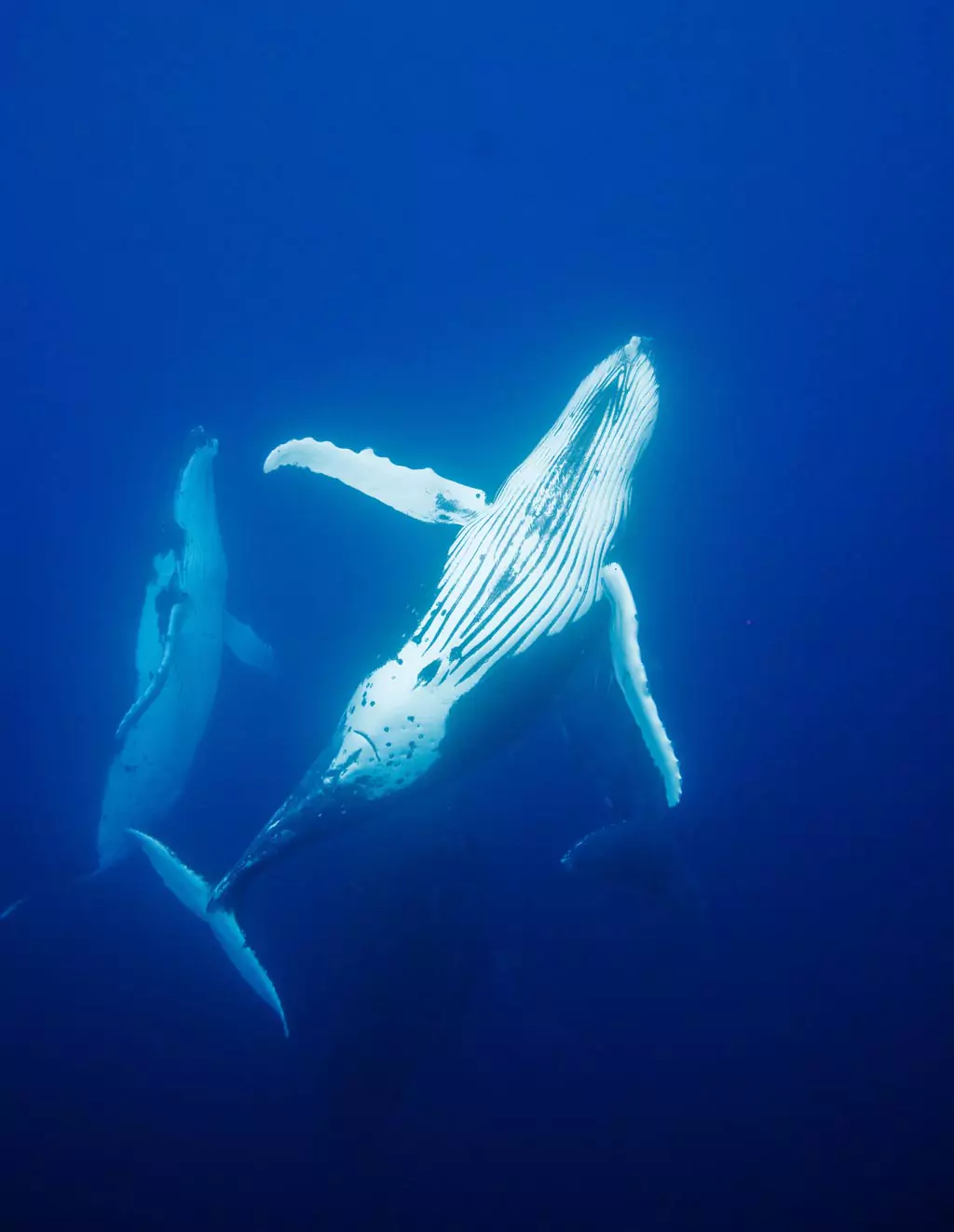
The Great Migration: A Journey of Thousands of Miles
One of the most remarkable aspects of the humpback whale is its ability to undertake long migratory journeys. Every year, these whales travel thousands of miles between their feeding and breeding grounds. This migration is not just a simple journey; it's a testament to the incredible endurance and navigational skills of these creatures.
Navigating the Seas
How humpbacks navigate such vast distances remains a subject of scientific curiosity. Some theories suggest they use the Earth's magnetic field, while others believe they rely on the position of the sun and stars. There's also evidence to suggest that humpbacks use underwater landmarks and even remember routes from previous migrations.
Threats Along the Way
The migratory journey of the humpback is fraught with challenges. They face threats from predators like orcas, especially when they are with their calves. Additionally, human activities such as shipping, fishing, and marine pollution pose significant risks. It's crucial to ensure the safety of their migratory paths to ensure the survival of the species.
Human Impact and Conservation Efforts
While humpbacks have made a significant recovery since the days of commercial whaling, they still face numerous threats. Climate change, for instance, affects the abundance of krill, impacting the humpback's primary food source. Additionally, entanglement in fishing nets, ship strikes, and marine pollution are ongoing concerns.
Conservation Initiatives
Thankfully, there are numerous conservation initiatives in place to protect humpbacks and their habitats. Marine protected areas, stricter fishing regulations, and efforts to reduce ship strikes are making a difference. Public awareness campaigns also play a crucial role in ensuring these majestic creatures continue to thrive.
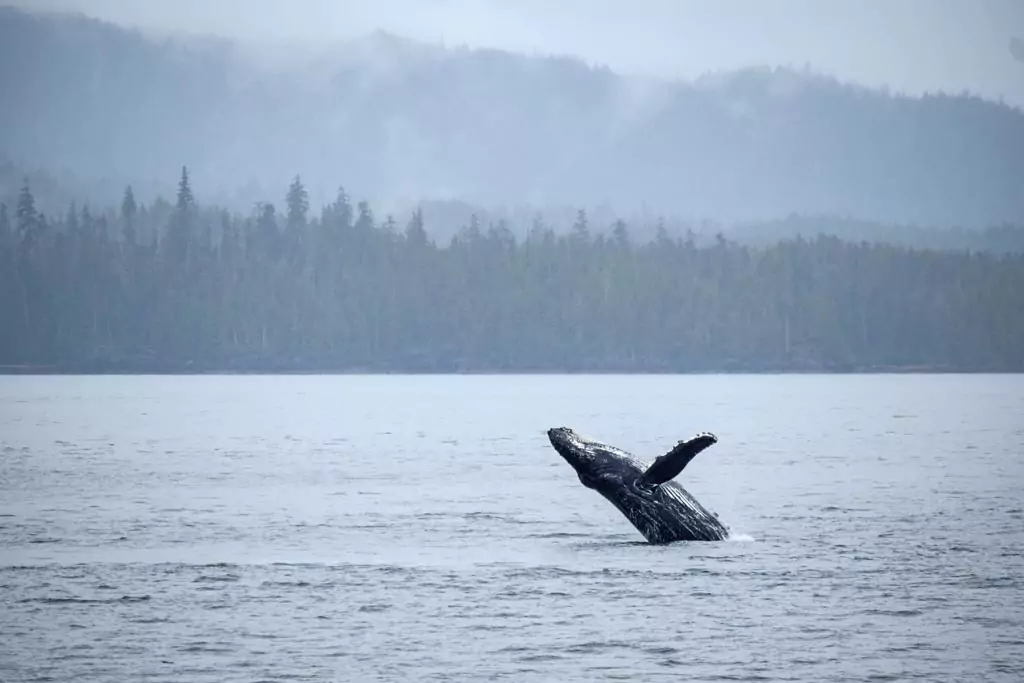
Humpback Whales: A Closer Look at Their Behavior
Humpback whales are not just known for their impressive size but also for their complex behaviors. From their iconic breaches to their haunting songs, these creatures never cease to amaze.
The Songs of the Humpbacks
One of the most distinctive features of humpback whales is their ability to produce complex songs. These songs, which can last for up to 20 minutes, are a combination of moans, cries, and other vocalizations. While the exact purpose of these songs remains a mystery, they are believed to play a role in mating rituals.
Social Structures and Group Dynamics
Humpbacks are known to form groups, often referred to as pods. These pods can range from a few individuals to larger groups, especially when they are in feeding grounds. Within these pods, humpbacks display a range of behaviors, from cooperative feeding to playful interactions.
Frequently Asked Questions about Humpback Whales
Why do humpback whales breach?
Breaching, where the whale jumps out of the water, is a behavior that has fascinated many. While the exact reason is unknown, theories suggest it could be a form of communication, a way to dislodge parasites, or simply a playful act.
How long do humpback whales live?
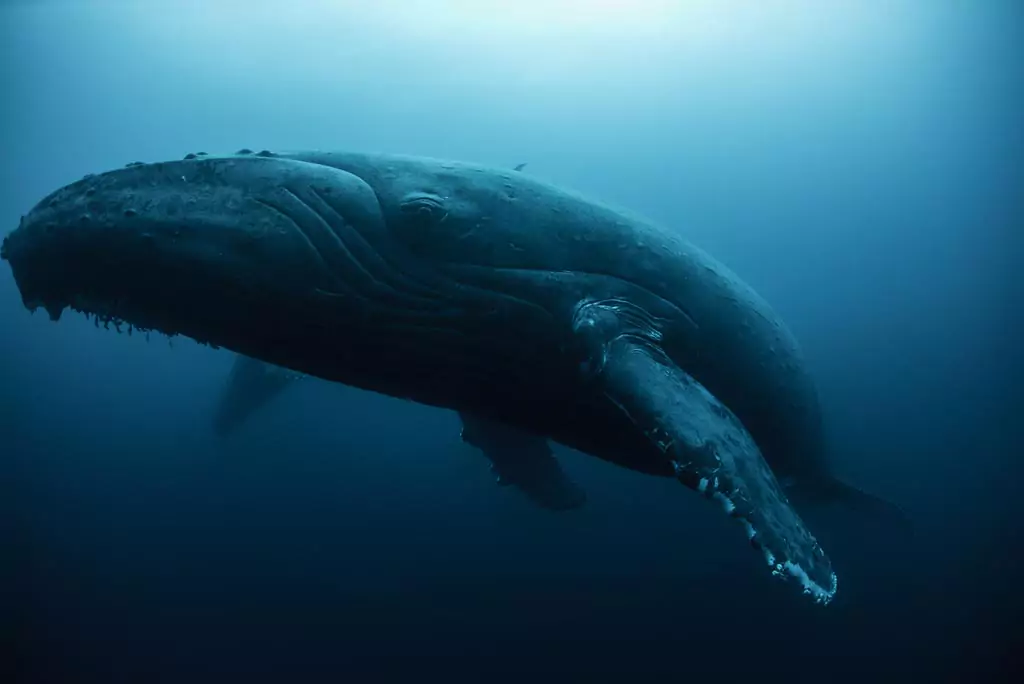
Humpback whales have a lifespan of around 50 to 60 years, though some individuals have been known to live up to 80 years.
What are the main threats to humpback whales?
While humpbacks have made a significant recovery from the brink of extinction, they still face threats from entanglement in fishing gear, ship strikes, marine pollution, and climate change.
Tables with Relevant Facts
| Fact | Detail |
|---|---|
| Average Length | 12-16 meters |
| Average Weight | 25-30 tons |
| Diet | Krill and small fish |
| Predators | Orcas, large sharks |

